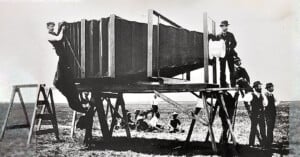
8 of the Most Unusual Old-School Cameras Ever Made
As a huge nerd for the history of photography, I've spent a lot of time reading about and studying products of the past. And there have been a lot, to say the least.

As a huge nerd for the history of photography, I've spent a lot of time reading about and studying products of the past. And there have been a lot, to say the least.
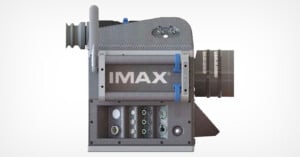
The second generation of IMAX cameras -- which are being built from scratch -- are expected this year with the end goal of making them more user friendly.
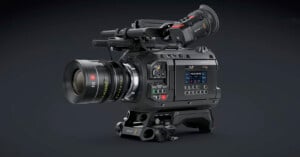
In addition to unveiling the Pyxis 6K and Ursa Cine 12K cameras, Blackmagic Design also used NAB 2024 to tease an even higher-resolution camera with a large-format image sensor.
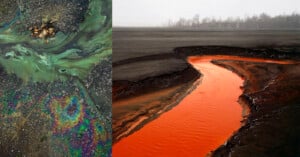
Photographer Edward Burtynsky has spent his career capturing stunning large format photographs that -- despite their beauty -- actually show the damage that's being done to the planet.

Sony Semiconductor Solutions (SSS) announced a new 247-megapixel medium-format image sensor roughly the same size as the 100- and 150-megapixel sensors in the Phase One IQ4 digital backs and the Hasselblad H6D series.
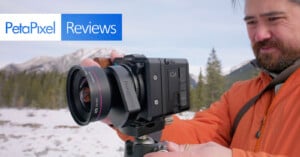
The Phase One XC is an unusual camera, and not just because of its $62,490 asking price. It's designed with a specific purpose in mind and it sports a fixed lens in front of a massive 150-megapixel medium format sensor.
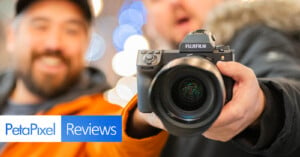
Fujifilm has come to dominate the medium format market and for good reason. Combining the ergonomic controls and autofocusing capabilities of its APS-C cameras with the colossal image quality from the 100-megapixel sensor has paid dividends for the company. Although Fujifilm also uses a 50-megapixel sensor, it's the latest sensors in the GFX 100 line of cameras that steal the show.

I write about a lot of things here at PetaPixel -- reviews, guides, technical articles, opinion pieces -- but one of my favorite topics to write about is the history of photography. As an avid user and collector of vintage cameras and lenses, I have passionately absorbed as much knowledge about their history as possible over many years. Like studying world history, there is much value in understanding where we came from and what got to us where we are now.
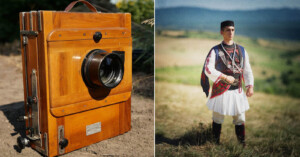
Anyone who has trawled through a historic photo archive knows the feeling of spotting a large-format photo. Like spotting a beautiful woman in a crowd, it’s hard to drag your eyes away. That depth and clarity, which seems to top reality itself, has only ever been possible with a film plane measured in inches rather than millimeters.
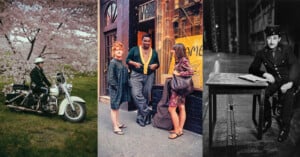
In her lifetime, Evelyn Hofer was underrated in photography circles mainly because she was seen as too "commercial." But, the incredible body of work she left behind is challenging this assessment.
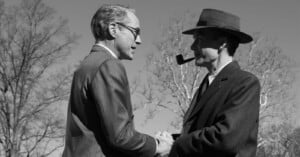
As "Barbenheimer" sets records at the box office this weekend, Kodak has revealed it manufactured a special black and white film stock for use in Oppenheimer.
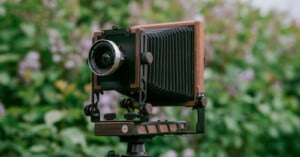
The Ondu Eikan is a large format camera system designed to "grow" with photographers thanks to its modular design.
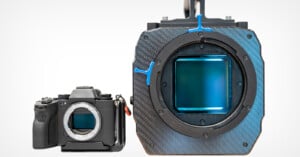
Sphere Studios has developed a brand new type of cinema camera called The Big Sky. It features a single 316-megapixel HDR image sensor that the company says is a 40x resolution increase over existing 4K cameras and PetaPixel was given an exclusive look at the incredible technology.
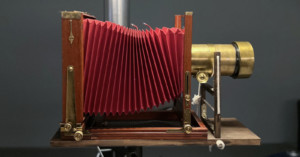
A photographer has renovated his 100-year-old 8x10 large format film camera after its original bellows began leaking light.
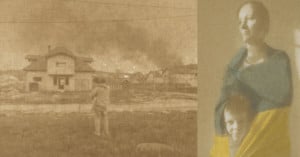
A Ukrainian photographer documents his family's life on large format cameras as they live through the Russian invasion. He then prints the photos on the soil of his country.
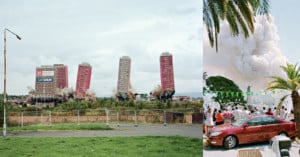
A photographer who has been capturing demolitions on large format cameras for 15 years only gets one shot to capture the one-off explosion.
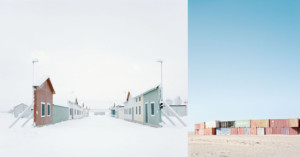
Photographer Gregor Sailer travels to remote, hidden areas at the ends of the Earth so he can document them on large format cameras.
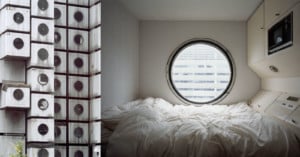
Photographer Noritaka Minami spent over a decade documenting the iconic Nakagin Capsule Tower in Tokyo on large format cameras before it was demolished last month.
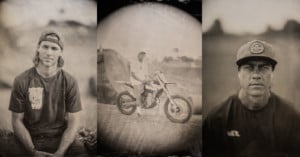
Photographer Matt Alberts used an antiquated wet plate tintype camera to cover the modern world of freeride motocross.
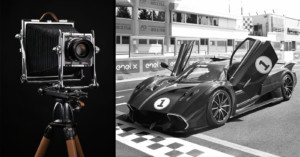
Luxury car manufacturer Pagani has teamed up with Italian large format camera maker Gibellini to produce a limited edition, opulent 8x10 analog camera.

Photographer Richard Malogorski uses an incredibly complex 1915 Cirkut camera to capture 360-degree panoramics on film.
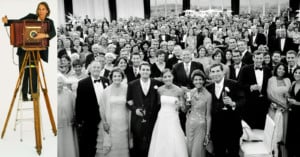
Terry Gruber is probably one of the last portrait photographers in the United States to still use a 100-year-old, 12x20-inch banquet camera for its original purpose: capturing large groups in formal occasions.
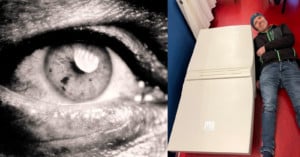
Wet plate photographer Markus Hofstätter took it upon himself to bring a giant 73-kilogram (160-pounds) ultra-large format flatbed scanner back to life, a process that took three full months.

IMAX is developing a new film camera and is tapping the likes of visionary directors Jordan Peele and Christopher Nolan to help design it.
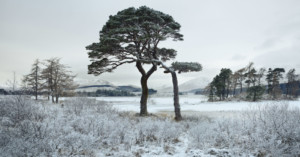
In December 2012, I made my first trip to the Bridge of Orchy. It’s a beautiful area just an hour and a half drive north of the hustle and bustle of Glasgow. It was a last-minute decision to head north from my home as there was the prospect of snow.
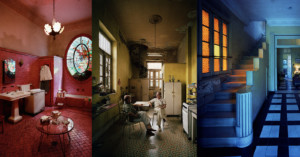
With a large-format camera in hand and a literal artistic license -- issued by the Treasure Department -- in his pocket, American photographer Andrew Moore was granted permission to travel to Cuba in 1998 to document the distinct and unique architecture.
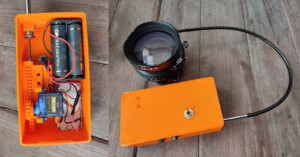
I do mainly large format photography, and I often take my own self-portrait by using my pneumatic cable release that has a long cable and air bulb release. However, I have long been thinking about how to make a more modern kind of remote cable release. In this article, I will show how I created a DIY remote cable release.
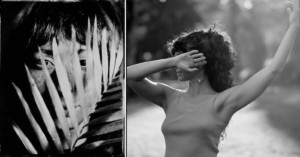
Photography as an art isn't easy, but running a successful photography business is even more challenging. Despite this, Noyel Gallimore managed to build a business focused around the oft-forgotten art of large format and tintype photography.
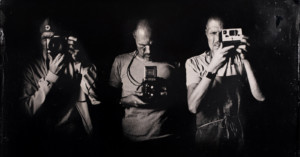
Wet plate photographer Markus Hofstätter recently acquired a Zeiss 300mm f/4.5 lens, and although it produced beautiful results, the process of getting to a finished image was filled with numerous obstacles along the way.
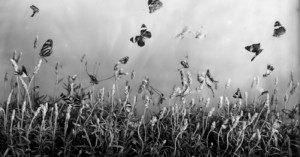
Every photographer has a humble beginning. Somewhere in the awkwardness is a pivotal moment that sends their photographic trajectory barrelling forward.